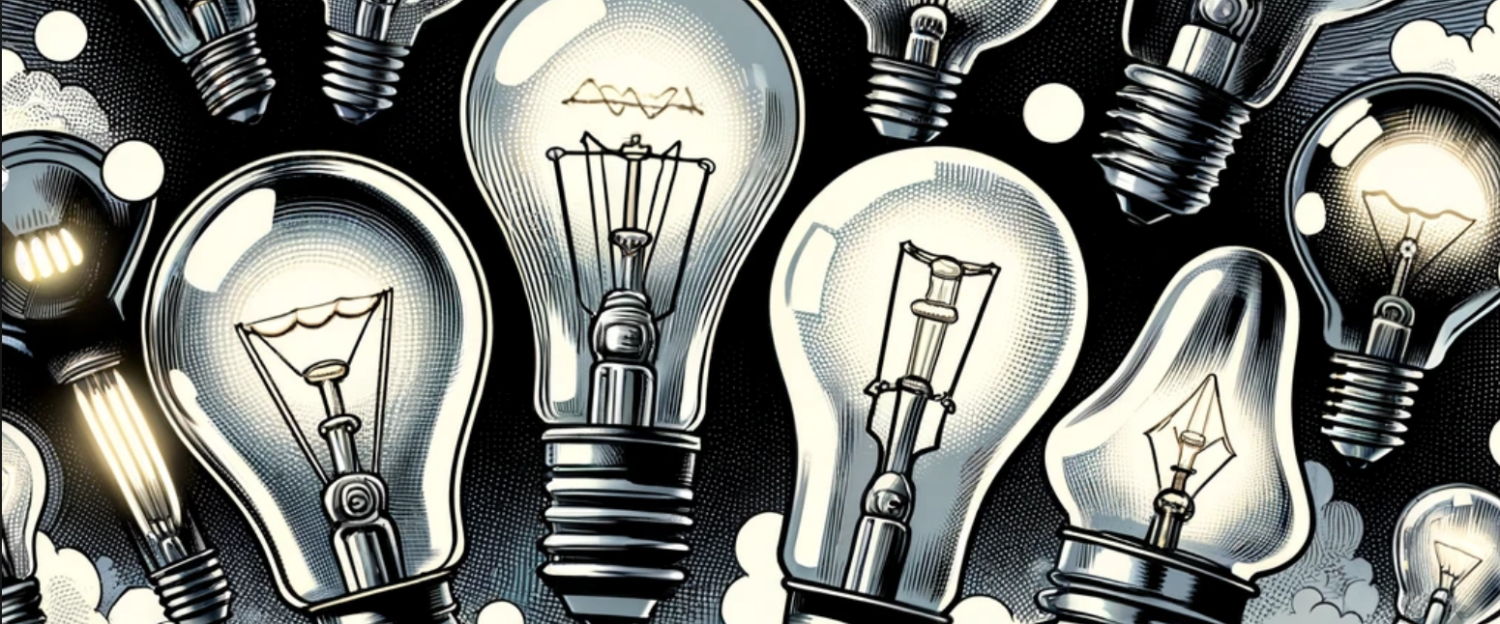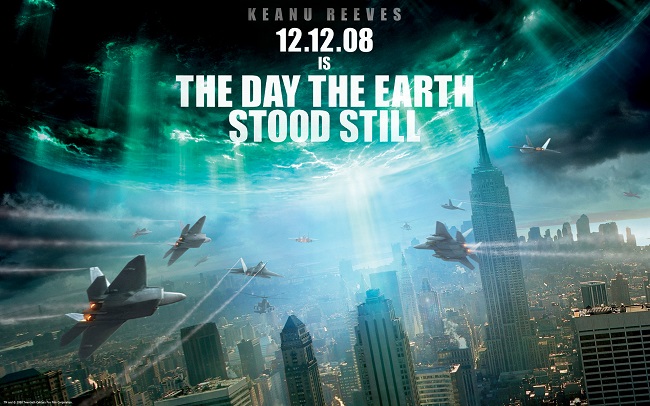Limits to growth but no limits to learning
Close to 40 years ago the Club of Rome published a report called Limits to Growth. In it they described the global problematique due in part to the physical limitations of our small and interconnected world. In a nutshell they said that we live on a small planet with limited resources and that if we didn’t smarten up we would soon run out of those. It was not a particularly popular report and many tried to shoot the messenger. A few years later they proposed a solution to the problem outlined in that first report.
In the forward to their second report No Limits to Learning, Club of Rome founder Aurelio Peccei suggested that…what we all need at this point in human evolution is to learn what it takes to learn what we should learn – and learn it. The report goes on to say that as humans we are good at learning and that in fact there is no known limit to what humans can learn. They are quick to point out however that there are different kinds of learning and that if we are to survive as a species we need to learn in the right way.
Humans do learn in a variety of ways, as individual and as groups and as societies. Typically we follow a pattern of maintenance and shock learning. Maintenance learning is designed to maintain our current state. It’s if/then, rule based learning. It’s a great system as long as nothing changes.
Learning by shock
The 2008 version of The Day the Earth Stood Still is just one of perhaps thousands of movies, plays and books that use learning by shock as a plot line. The exchange between Professor Barnhardt played by John Cleese and Keanu Reeves character Klaatu articulates the concept of learning by shock perfectly.
Professor Barnhardt: There must be alternatives. You must have some technology that could solve our problem.
Klaatu: Your problem is not technology. The problem is you. You lack the will to change
Professor Barnhardt: Then help us change.
Klaatu: I cannot change your nature. You treat the world as you treat each other.
Professor Barnhardt: But every civilization reaches a crisis point eventually.
Klaatu: Most of them don’t make it.
Professor Barnhardt: Yours did. How?
Klaatu: Our sun was dying. We had to evolve in order to survive.
Professor Barnhardt: So it was only when your world was threatened with destruction that you became what you are now.
Klaatu: Yes.
Professor Barnhardt: Well that’s where we are. You say we’re on the brink of destruction and you’re right. But it’s only on the brink that people find the will to change. Only at the precipice do we evolve. This is our moment. Don’t take it from us, we are close to an answer.
Only at the precipice do we evolve
We can and do learn by shock. It’s an effective but risky way to learn. If necessity is the mother of invention then impending disaster is the mother of innovation. There is another way however. Learning to learn the right way; by innovation fueled by anticipation and participation, could save us from the messes we’ve created.
Learning by innovation
The right way, is to learn by innovation driven by anticipation and participation. Anticipation is the willingness and ability to look ahead and imagine what if. It’s a systems view that takes into account all that could happen if we do or don’t do X. Anticipation alone is not enough however. It needs to be linked to participation. Anticipation by only a select few doesn’t allow for the broad base of support needed to make effective changes. This is true in business and in societal change.
Participatory learning
Participatory learning means including as many diverse viewpoints as possible. Those in power have to be willing to stand aside and allow this to happen. Participatory learning needs permission and room to evolve. Leaders need to actively invite a wide range of people into the process. As important as this step is, it is also just a first step. Participatory learning is more than just the sharing of the decision making process; it is an attitude characterized by cooperation, dialogue, and empathy. It means not only keeping communications open but also constantly testing one’s operating rules and values, retaining those that are relevant and rejecting those that have become obsolescent (No Limits to Learning).
Social media and networking are helping to create a mind and skill set that speaks to this change in attitude. Granted a lot of the sharing of interests that bring people into social media environments are things like Lolcats, or this is what I had for breakfast… and other seemingly unimportant bits of data. These baby steps into the world of open collaboration are at least that, first steps into a different, less soloed, more connected, participatory world.
Twitter is filled with those openly acknowledging that platform as their Personal Learning Environment (PLE) and those they follow as their Personal Learning Network (PLN). Wiki’s are evolving into crowd sourcing platforms like Quora and .Phile. The concept of participation seems to have grown by leaps and bounds since the Club of Rome authors first wrote about the necessity. The increase in connectivism and open participation facilitates the ability to proactively anticipate what might be. The more eyes on the problem you are trying to solve the better. Better still is including those that see things differently.
The power of diversity
Scott E. Page in his book, The Difference: How the Power of Diversity Creates Better Groups, Firms, Schools and Societies. (Princeton University Press), looks at the power of diversity from a mathematical angle rather than a moral one. In a 2008 New York Times interview Page makes a case for diversity over homogenous organizations saying that,
Diverse groups of people bring to organizations more and different ways of seeing a problem and, thus, faster/better ways of solving it.
People from different backgrounds have varying ways of looking at problems, what I call tools. The sum of these tools is far more powerful in organizations with diversity than in ones where everyone has gone to the same schools, been trained in the same mold and thinks in almost identical ways.
The problems we face in the world are very complicated. Any one of us can get stuck. If we’re in an organization where everyone thinks in the same way, everyone will get stuck in the same place.
But if we have people with diverse tools, they’ll get stuck in different places. One person can do their best, and then someone else can come in and improve on it. There’s a lot of empirical data to show that diverse cities are more productive, diverse boards of directors make better decisions, the most innovative companies are diverse.
Breakthroughs in science increasingly come from teams of bright, diverse people. That’s why interdisciplinary work is the biggest trend in scientific research.
The way forward
Learning by innovation that is driven and steered by anticipation of what might be and grounded in the participation of large and diverse groups of people is the ideal learning process. It works for businesses, NPO’s, scientific communities, cities and societies. But just saying it is so does not make it so, nor does it make it happen. Leaders, influencers, both formal and informal, can help the process by modeling and facilitating the process of innovative learning.
Participatory, open government processes and new leadership models in business can go a long way in the effort to re-train ourselves to think and learn in the right way, the innovative way. As Klaatu suggests the problem is not technology, the problem is in how we think, how we learn. The solution is changing that and technology looks like it will play a critical role in fostering that change. Technology is a tool that we can use to help people learn to understand complexity and to anticipate and participate in innovative learning and solution finding.
Integrating technologies that enhance collaboration between diverse groups is easier than ever. There are literally hundreds of free or inexpensive tools available. As already suggested social media platforms like Twitter, Facebook and even LinkedIn are first steps in learning to share, listen and connect along the road to collaboration. Wiki’s, forums and new and emerging software are vehicles that can drive us towards better, more innovative learning and solution finding. To not take these steps is to miss opportunities that can not only save a business, but may well save us from ourselves.

